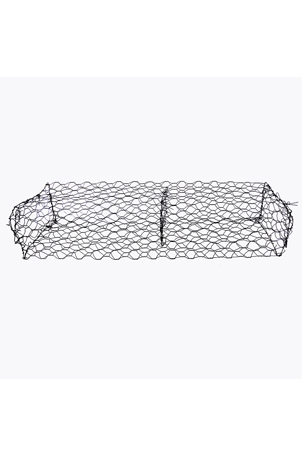grape trellis post
Dez . 22, 2024 16:56
The Importance of Grape Trellis Posts in Viticulture
Grapes are one of the most cultivated and cherished fruits worldwide, cherished not only for their taste but also for their role in producing wine. However, successful grape cultivation relies significantly on proper vineyard management, and a fundamental component of this is the grape trellis system, specifically the grape trellis posts. These posts serve as the backbone of a vineyard, providing the necessary support for the grapevines to thrive.
Understanding Grape Trellis Systems
A grape trellis system is an engineered framework designed to support and train grapevines. It typically consists of posts, wires, and sometimes cross-arms that create a structured environment for the vines to grow. Trellis systems can vary widely in design, but the primary function remains the same to elevate the grapevines away from the ground, allowing better air circulation, sunlight exposure, and ease of maintenance.
The Role of Grape Trellis Posts
The grape trellis posts are the vertical elements that anchor the entire trellis system. They are usually made from durable materials such as wood, metal, or concrete. The choice of material often depends on factors such as the vineyard's climate, soil type, and expected longevity of the planting.
1. Support and Stability One of the primary functions of trellis posts is to provide support. Young grapevines are delicate and require assistance as they grow. The posts hold the wires that the vines cling to as they climb and spread. A well-supported vine can lead to better fruit development and ultimately a higher yield.
2. Geometry and Training Proper training of grapevines is crucial for maximizing sunlight exposure and ensuring even ripening. Grape trellis posts help create the desired vertical or horizontal arrangements of vines, depending on the training system used. For instance, a vertical shoot positioning (VSP) system keeps the foliage upright, encouraging leaf growth and sunlight penetration.
3. Facilitating Maintenance A vineyard requires regular maintenance, which includes pruning, pest control, and harvesting. The height and arrangement provided by trellis posts make these tasks more manageable. Workers can walk between rows comfortably, and the elevated position of the vines allows for easier access during harvest time.
grape trellis post

4. Enhancing Airflow and Sunlight Exposure Good vineyard management aims to create a microclimate conducive to grape growth. Properly positioned trellis posts help improve air circulation around the vines, reducing the risk of disease. They also allow sunlight to reach more leaves, which enhances photosynthesis and leads to healthier, more flavorful grapes.
Selecting the Right Trellis Posts
When choosing grape trellis posts, vineyard managers consider several factors
- Material Wooden posts, while traditional and aesthetically pleasing, can rot over time, requiring replacement. Metal posts offer increased durability and strength, making them a popular choice in modern vineyards. Concrete posts are also emerging as a long-lasting option.
- Height and Spacing The height of the posts should correspond with the desired training method for the grapevines. Spacing between posts is crucial to avoid overcrowding and to ensure adequate support for the grapevines.
- Resistance to Environmental Factors Depending on the geographical location, trellis posts must withstand various stresses, including high winds, heavy rainfall, and temperature fluctuations. Selecting the right materials and designs can mitigate these risks.
Conclusion
In conclusion, grape trellis posts are indispensable components of successful viticulture. They provide critical support, enhance maintenance efficiency, and promote healthy growth conditions for grapevines. As the wine industry continues to expand and evolve, investing in quality trellis systems, including robust and reliable grape trellis posts, will remain a key factor in producing exceptional grapes. Understanding their role not only highlights their importance in vineyard management but also reflects the dedication of grape growers to cultivating the best possible fruit for generations to come.




















